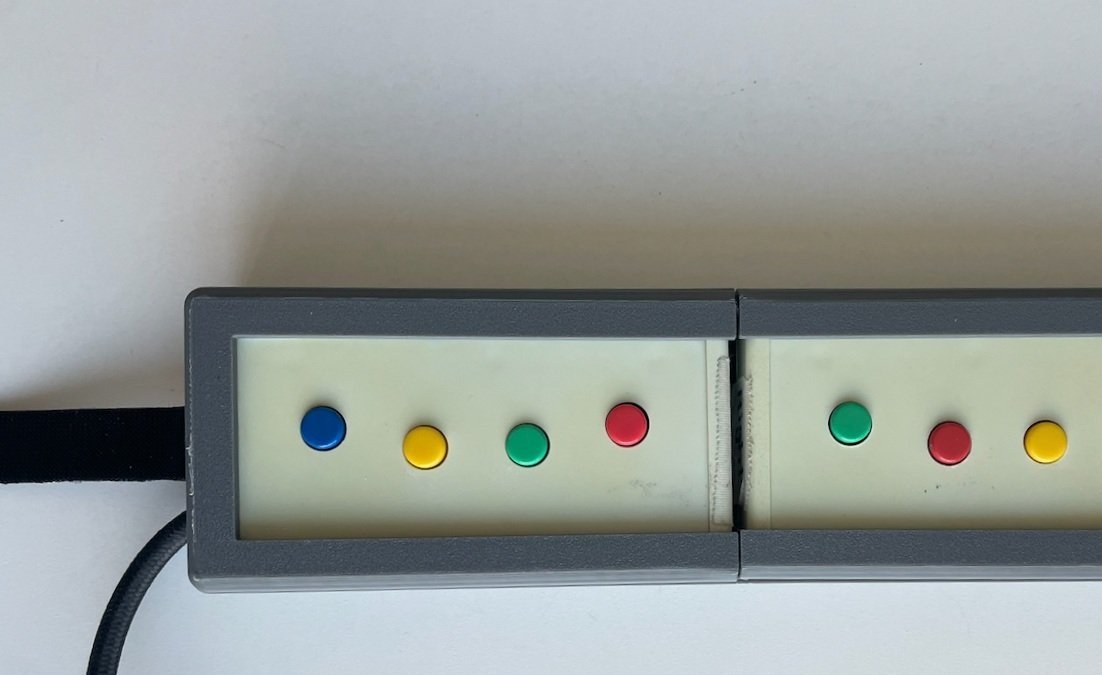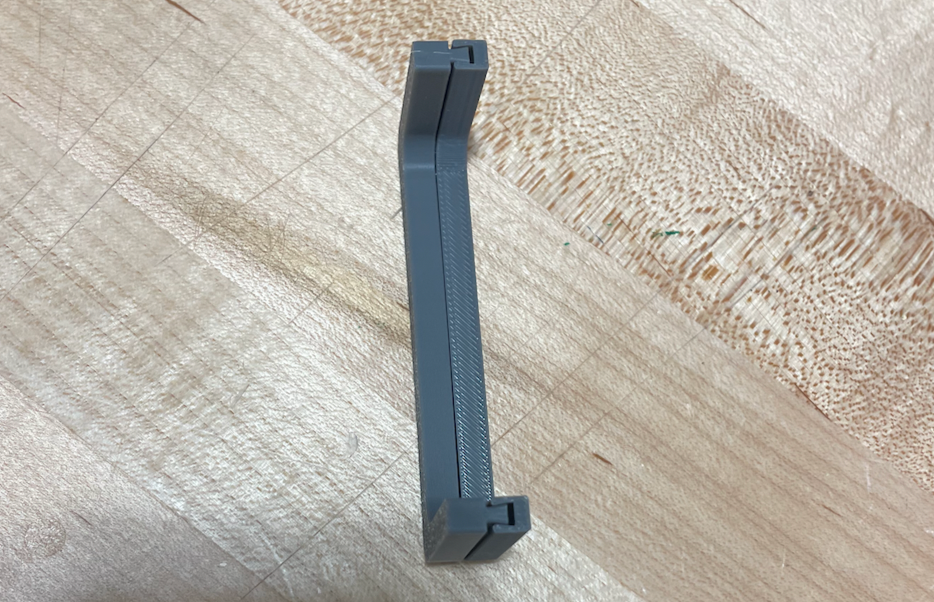Button Box: For Duke Health Acceldys Study
Fall 2024: Client Project Duke Health, Department of Neuroscience
Skills: CAD, 3D Printing

Motivation + Design Critera
The Acceldys fMRI study, run by Dr. Noreen Bukhari-Parlakturk, aimed to replace traditional rest-fMRI runs with task-fMRI runs where musicians perform right-hand movements reflective of their musical instruments. This study includes participants who are pianists, typists, and banjo players, all experiencing symptoms in their right hand. For the pianists, the study requires the use of two button boxes to record right-hand movements during fMRI scans.
I designed a case that securely houses the button boxes during the MRI scan. The case is ergonomic, easily removable using snap joints, and safe to use in an MRI machine.
Ideation
I explored multiple fastening methods, including MRI-safe springs and snap joints, to secure the boxes in place. I also tested a two-part case design with a dovetail connection, locked together by the top piece.
CAD Design
The first iteration served as a sizing test. In the next iteration, I refined the design to be more ergonomic and easier to put together. Designing snap joints had a learning curve! The joints shown above were much too small and broke easily.
The selected design consisted of two cases that slide together to attach. Two top pieces fit over the top of the boxes and snap into place using button snap joints. The multi part design was choosen so that the case could be manufactured easily on one printer bed.
Prototyping
Over the course of ~10 iterations and several fit tests, I refined the design to balance secure fastening with ease of assembly. Each round of prototyping revealed small adjustments—tolerances, locking strength, and usability—that guided the next version. This iterative cycle ensured the final design was both reliable and user-friendly.
Final Design
The final design combines secure fastening with simple assembly, resolving the stability challenges uncovered during prototyping. The housing locks firmly in place while remaining easy to open for access, and the form is streamlined for reliable use in the MRI environment. By iterating through multiple fastening strategies and fit tests, the final design delivers a solution that is both functional and user-friendly.
















